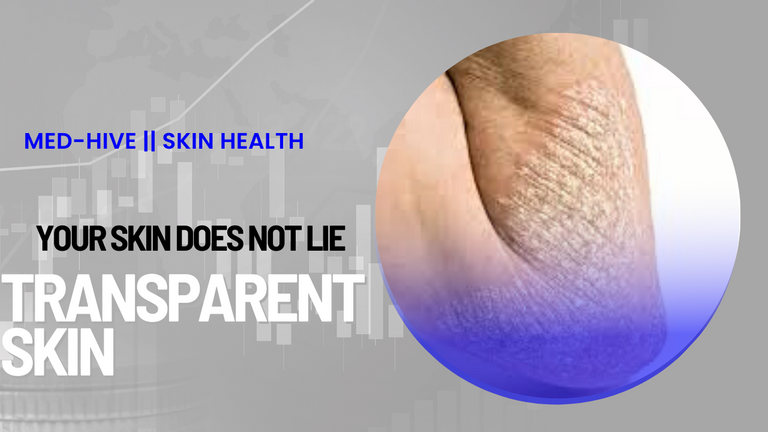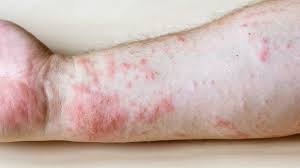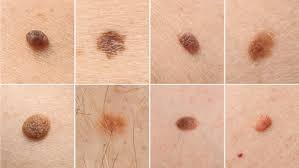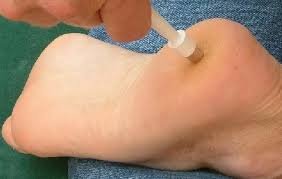TRANSPARENT SKIN: YOUR SKIN DOES NOT LIE

The skin is the largest organ of the human body and plays a vital role in protecting the body from external damage. However, it is also an important diagnostic tool in healthcare. The skin can provide valuable information about a person's overall health and can indicate the presence of certain diseases or conditions.
One of the most common ways that the skin is used as a diagnostic tool is through the observation of skin color and texture. Changes in skin color or texture can indicate a wide range of conditions, including anemia, jaundice, and various skin diseases. For example, if a person has a yellowish tint to their skin, it could indicate the presence of jaundice, which is a symptom of liver disease.
Similarly, if a person's skin is very pale, it could indicate anemia, which is a condition where there is not enough oxygen-carrying hemoglobin in the blood.

Source
Another way that the skin is used as a diagnostic tool is through the observation of rashes or other skin eruptions. Rashes or eruptions can indicate a wide range of conditions, including allergies, infections, and autoimmune diseases. For example, a rash that is characterized by red, itchy, and raised bumps is often an indication of an allergic reaction. Similarly, a rash that is characterized by red, scaly, and raised patches is often an indication of psoriasis, which is an autoimmune disease.

Moles
In addition to rashes, other skin eruptions that can provide valuable diagnostic information include moles, warts, and growths. Moles, for example, are a common type of skin growth that can be benign or cancerous. If a mole appears to be changing shape, color, or size, it should be evaluated by a dermatologist to determine if it is cancerous. Similarly, warts and other growths can also be indicative of certain conditions.
Aside from the visual examination of the skin, skin biopsy is also an important diagnostic tool in the healthcare industry. A skin biopsy involves removing a small piece of skin and examining it under a microscope to determine if there are any abnormal cells present. This procedure is often used to diagnose skin cancer, as well as other skin conditions such as psoriasis and eczema.
In conclusion, the skin is a valuable diagnostic tool in healthcare. By observing changes in skin color, texture, and eruptions, as well as performing skin biopsies, healthcare professionals can gain valuable information about a person's overall health and identify the presence of certain diseases or conditions. It is important for individuals to be aware of any changes in their skin and seek medical attention if they notice anything unusual. Regular skin check-up and self-examination can help in early detection of skin diseases.
So please be more observant of your skin to be able to make proper descriptions of things to your doctor.
@jaydr
Design made using Canva, all other images are as sourced.
